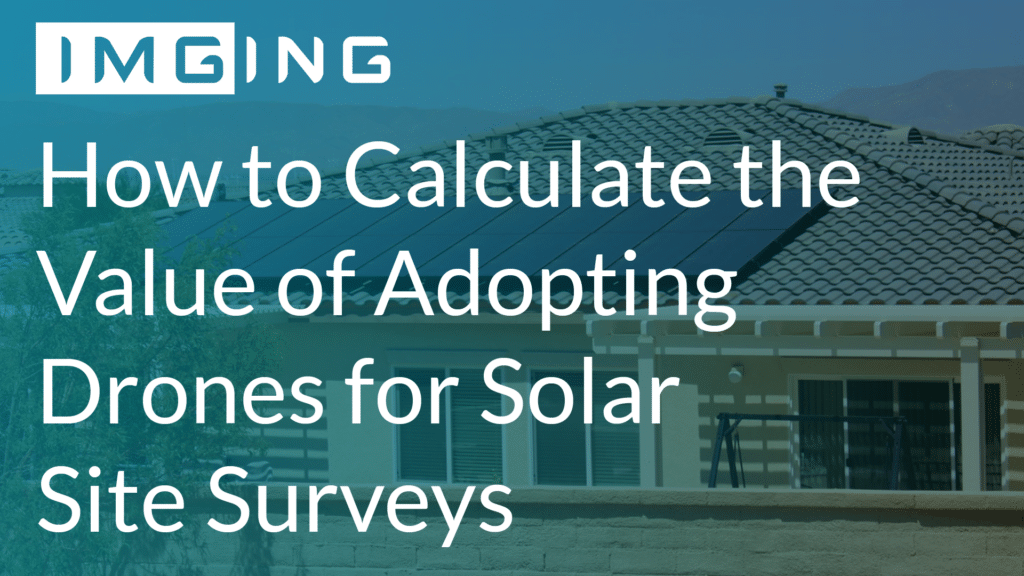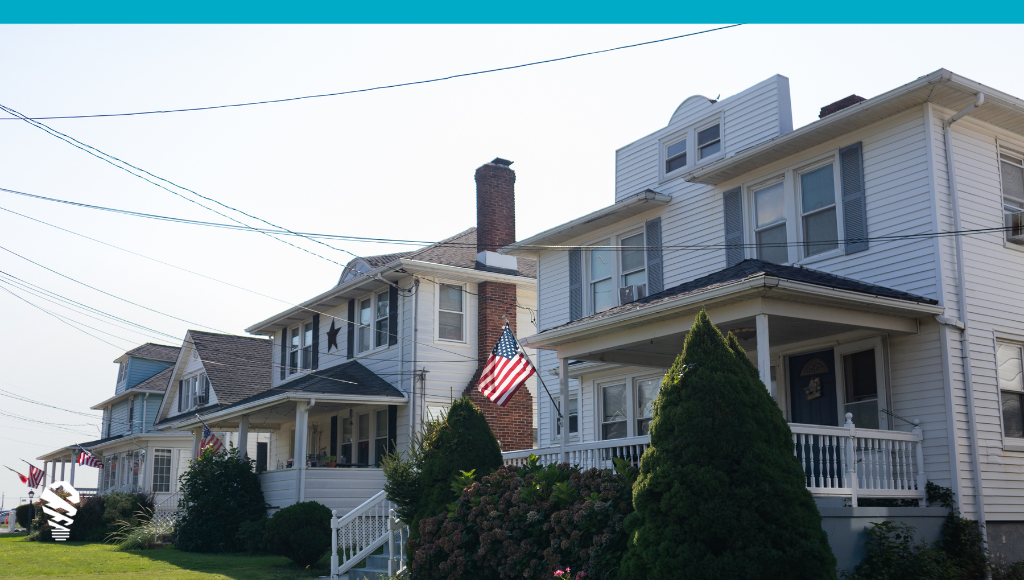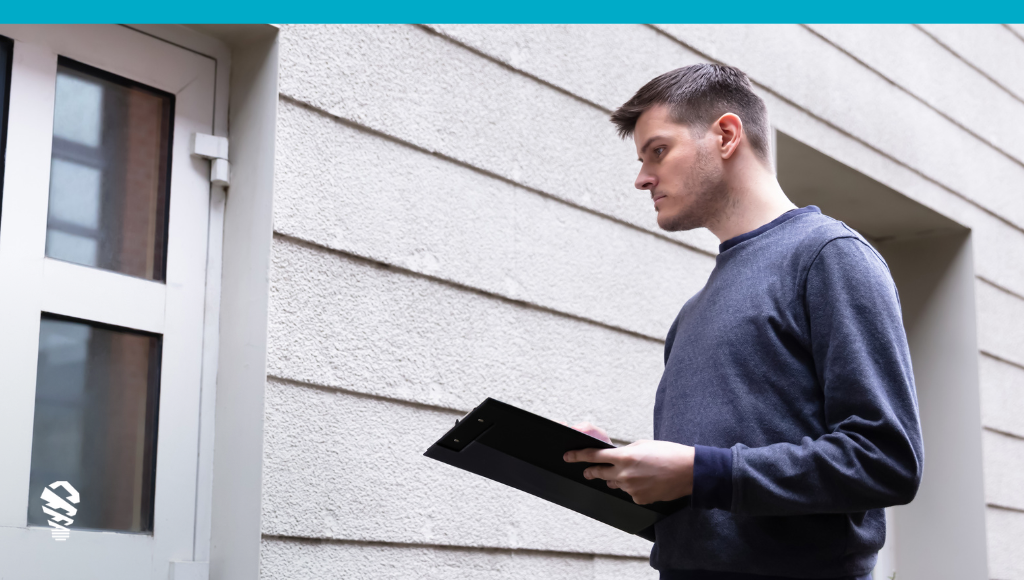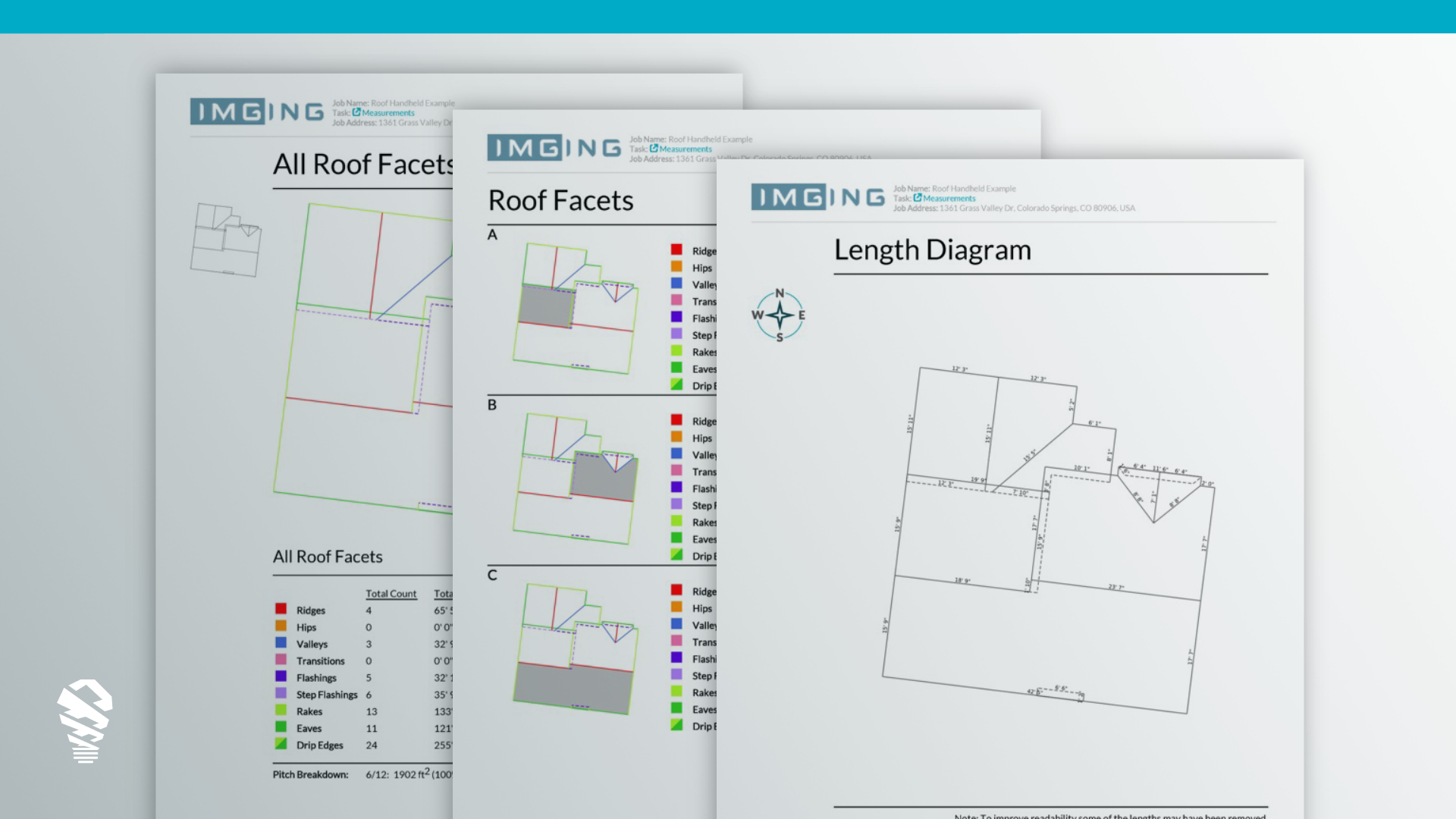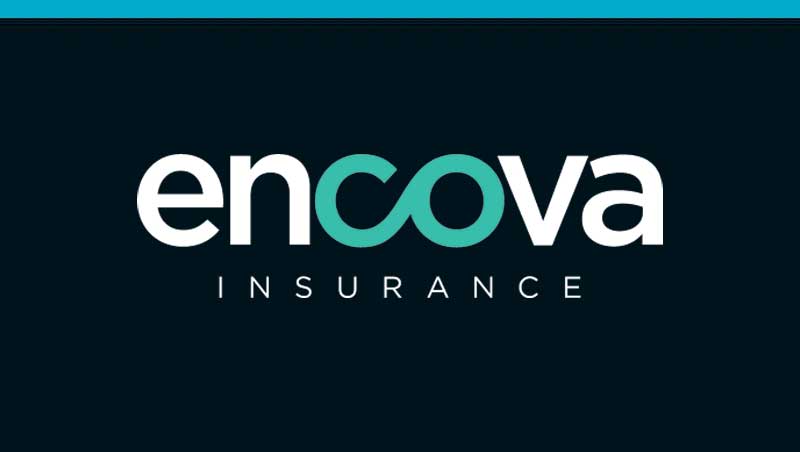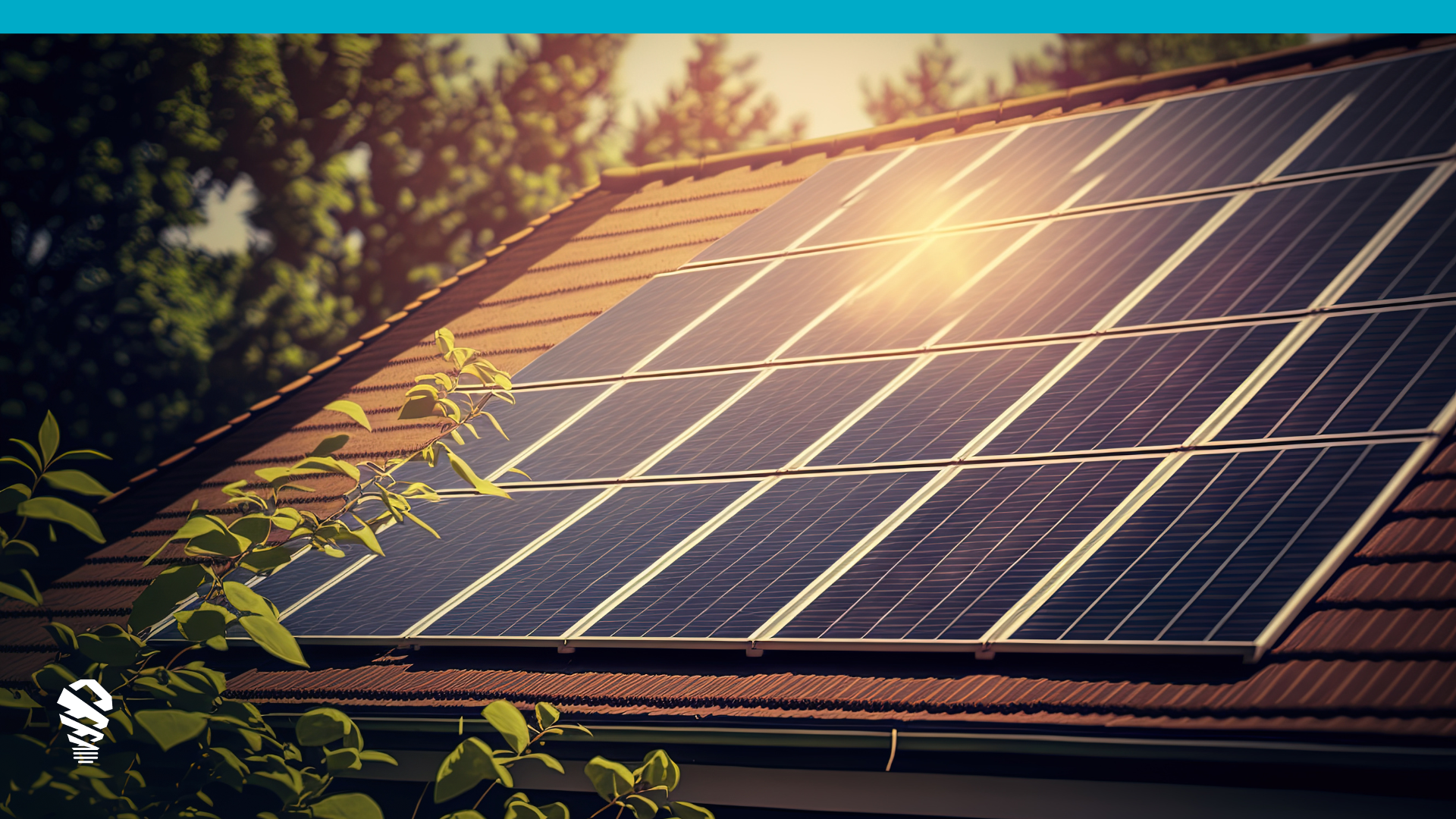Are you a site surveyor or manager considering adopting drone technology for site surveys? If so, this article is for you. The number one reason organizations adopt new technologies is to increase efficiency and it is no different for solar installers. Drone software for solar designers and surveyors can skyrocket your team’s productivity. We’ll look at three ways to measure the efficiency improvements of using drone software for solar site surveys and share the math behind them so you can select the approach which fits you best.
Surveys Per Day
A simple back-of-the-envelope calculation to gauge the value of adopting a drone software solution for solar is a ‘surveys per day’ number. Look at how many surveys you or your business are completing per day and compare that with how many surveys could be completed per day with a drone. Take those numbers, find the efficiency increase in surveys per day and calculate the new number of surveys per day that can be completed. As an example, let’s take the numbers given by Bright Planet Solar after adopting IMGING. Each surveyor was completing 3-5 per day when manually surveying. Shortly after adopting IMGING, each surveyor was completing 5-7 per day. If you want to skip the math below, that is an increase in efficiency of 50% meaning each surveyor can complete 1.5 jobs in the time it used to take to complete 1. That equates to 8 more surveys a week or 32 a month per surveyor.
Surveys Per Day Calculation
The average of 3 to 4 is 3.5 and the average of 5 to 6 is 5.5. To find the percentage increase in efficiency, take the new value, subtract the old value, and divide by the old value. (5.5-3.5)/3.5= .57, .57 * 100% = 57%, or a 57% increase in efficiency.
- Average Manually Performed Site Surveys Per Day = 3.5
- IMGING Drone Assisted Site Surveys Per Day = 5.5
- Percentage Increase in Efficiency = 57%
Solar Calculator
Minutes Per Survey
Another approach to calculating gains in efficiency from drone use in solar surveys is to focus only on the survey itself. This removes large unknown variables that may be present when looking only at the number of surveys completed each day. The number of surveys per day can be dramatically influenced by the number of hours worked, the distance between job locations, and individual workflows of the company such as additional administrative, office, or other duties beyond site surveys. We’ll analyze minutes per survey saved by 1st Light Energy for this analysis. Their average survey was taking 90 minutes until they adopted IMGING – now the average survey is taking 35 minutes. That’s a 61% increase in efficiency or decrease in time spent per survey.
Minutes Per Survey Calculation
To find the minutes per survey saved in the form of a percentage improvement, take the new value, subtract the old value, and divide by the old value. (35-90)/90 = -.61, -.61*100% = – 61%, or a 61% increase in efficiency.
- Average Minutes Per Manual Survey = 90
- Average Minutes Per IMGING Drone Assisted Survey = 35
- Time Saved / Increase in Efficiency = 61%
Holistic Analysis
A final way to approach the value of adopting drones for site surveys is to take and analyze every possible factor that IMGING solar drone adoption can benefit. Begin by taking either approach above, then expand your scope of analysis to savings beyond of minutes per survey or surveys per day. We’ve found that these benefits are universal but vary broadly in dollar amounts between companies, so quantifying them will be up to you. While shorter surveys are universal, there are other less obvious but very common benefits we often see as well:
- Employee satisfaction and retention increases immediately, reducing turnover during peak season.
- If your surveyors are no longer climbing roofs, speak to your insurance workers’ compensation agent about reclassifying their coverage to start saving as much as 99% in workers’ comp rates per surveyor in areas where rates are high.
- Replacing ladders and harnesses with a drone negates the need for trucks and work vans, shrinking the footprint and associated insurance and fuel costs of your survey team and saving your money.
- IMGING provides DXF files easily downloadable through the cloud with obstructions automatically outlined. CAD models with obstructions give your design team a head start of where they began with manual survey data.
The line items in green are expenses that can be lowered by using IMGING.
Conclusion
How do you know which approach is best for you? We recommend the holistic approach and minutes per survey with an understanding of how many minutes each day are spent surveying. If you find average driving time, and time spent on other duties times a surveyor’s hourly pay and you can begin to get an accurate idea of how much money you will be saving. Here a few questions areas to explore as you create your own efficiency or ROI calculator for IMGING:
- How many change orders or redesigns are occurring?
- What is your return rate to surveyed sites to check or recalculate information?
- What does your backlog look like right now and how would improving efficiency clear it out?
But calculating the true value of adopting the right drone solar software solution goes beyond just the surveyor and must account for design savings as well. You will need to quantify that based on your structure and workflow, but if you would like a software demo and consultation on how the top solar installers are using IMGING, reach out. No matter which approach you take, using drone software for solar site surveys improves efficiency and saves money.
Get Started Hassle Free
We’ll help you with everything from getting certified to completing your first survey to using shade analysis.

